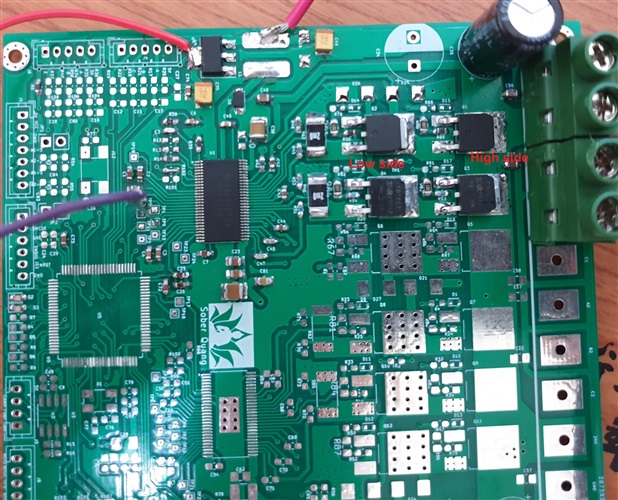Other Parts Discussed in Thread: TPS54160
Hi Friends,
I am designing bldc driver using DRV8302. After I had soldered my PCB, I tested it, It got a problem. The input voltage is 12V.
My current problem is when I turned on power, output voltage on PH pin is about 8V, after few seconds I come back to 5.30V.
I have double checked all component values. but I dont know why is that
Here is my schematic.
Do you have any idea what I should try?


